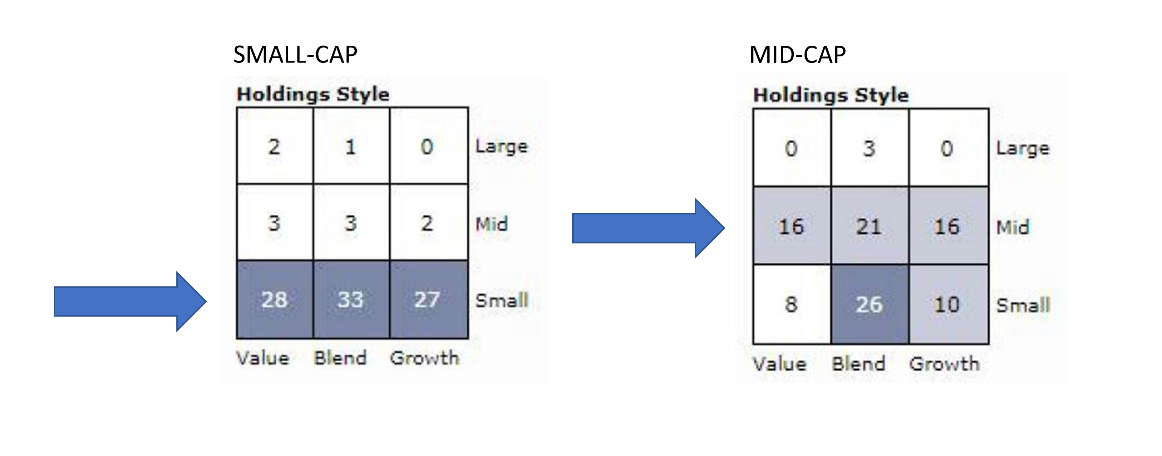Category: Stocks
The Importance of Diversification
Many people think their investments are diversified, but when you dig deeper on any given portfolio, we find that’s often not the case. In order to diversify your portfolio, you want to choose a variety of assets – stocks, bonds, cash and others – but you also want to choose ones whose returns haven’t all historically moved in the same direction, and, ideally, assets whose returns typically move in opposite directions to hold up your portfolio hold up better in down markets. That way, even if a portion of your portfolio is declining, the rest of your portfolio, hopefully, is growing, and you can potentially offset some of the impact of poor performance on your overall portfolio. Another important aspect of building a well-diversified portfolio is that you try to stay diversified within each type of investment. For example, in terms of your individual stock holdings, beware of overconcentration in a single stock. We usually advise our clients that a single security shouldn’t account for more than 5% of your stock portfolio, unless it’s with the company you work for, and even then, you should limit it to 25%. It’s also smart to diversify across stock holdings by market capitalization (including small, medium, and large caps), sector, and geography. Another important consideration is stock overlap or duplication between funds. This often leads investors to believe they are diversified, when in fact th



 Virteom
Virteom